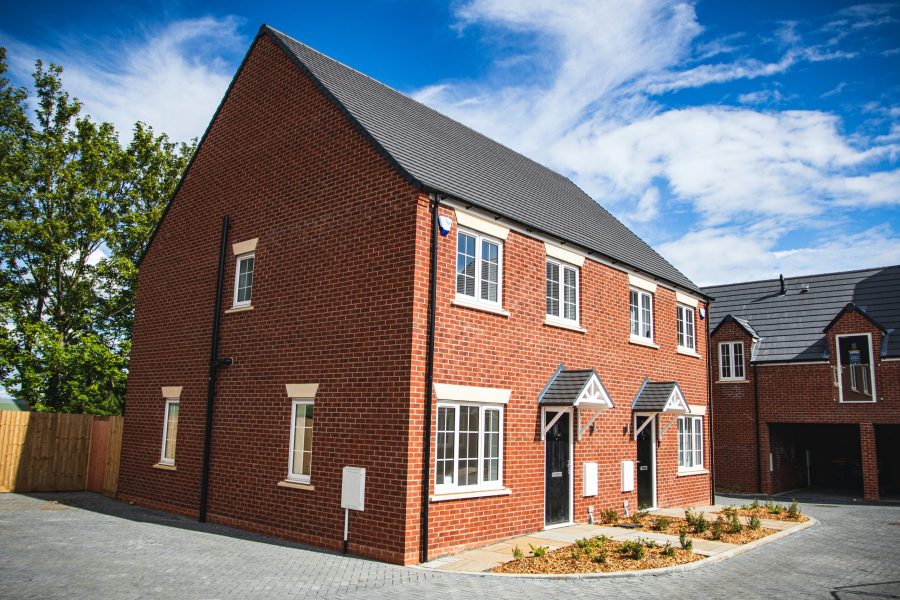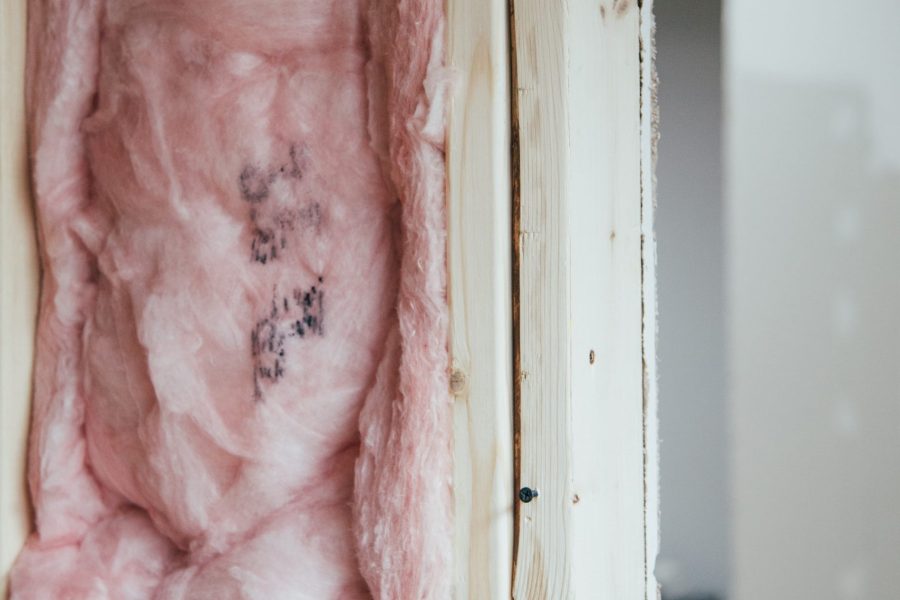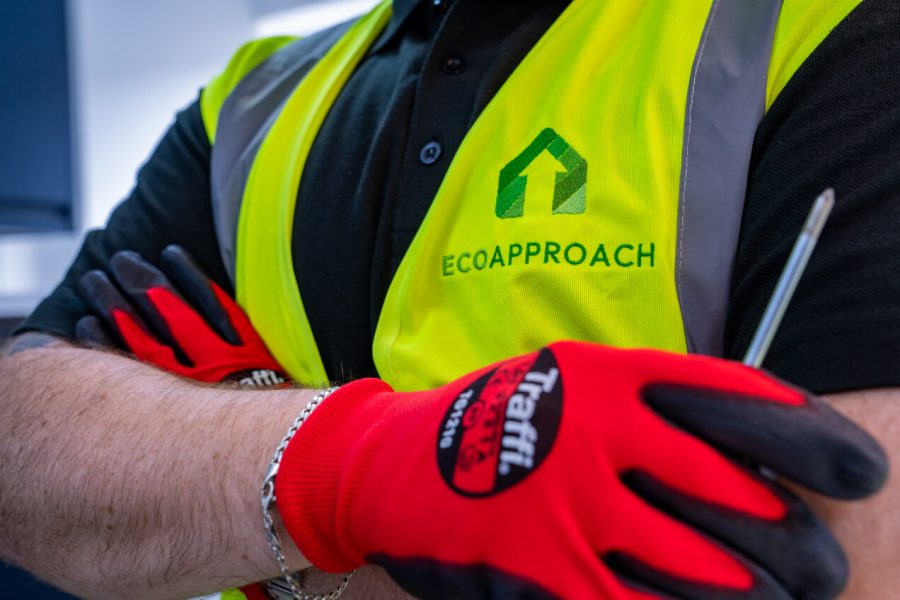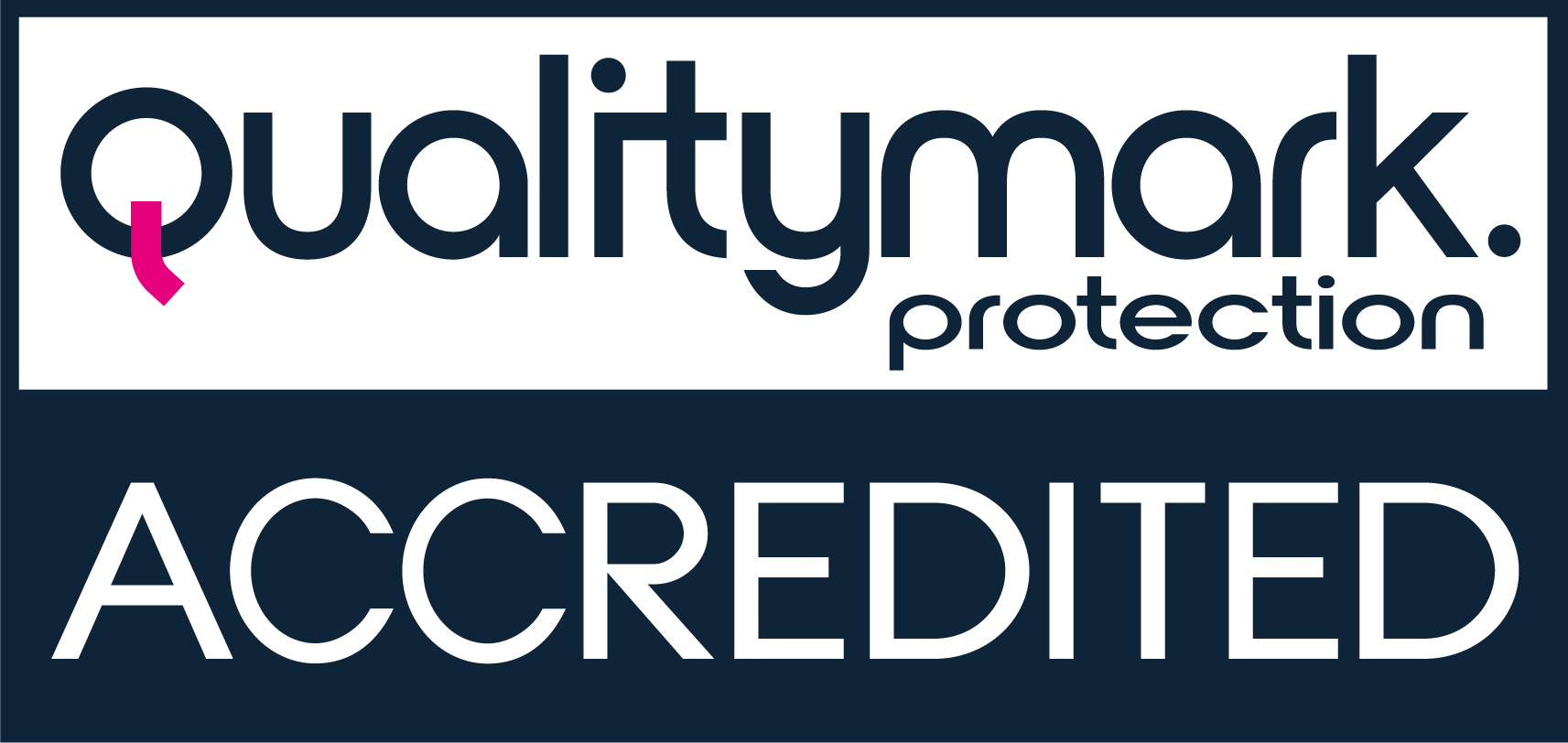Keep the heat in and the cold out
Cavity wall insulation adds insulating material between the inner and outer walls (cavity) of your home.
Homes built after 1930 are more likely to have cavity walls. You can check by looking at your brick pattern.
Cavity walls are insulated by drilling holes into the wall and filling the gap with a special material.


The benefits of air cavity wall Insulation Include:
The disadvantages of air cavity wall insulation include:


Cavity wall insulation is suitable for your home if:





